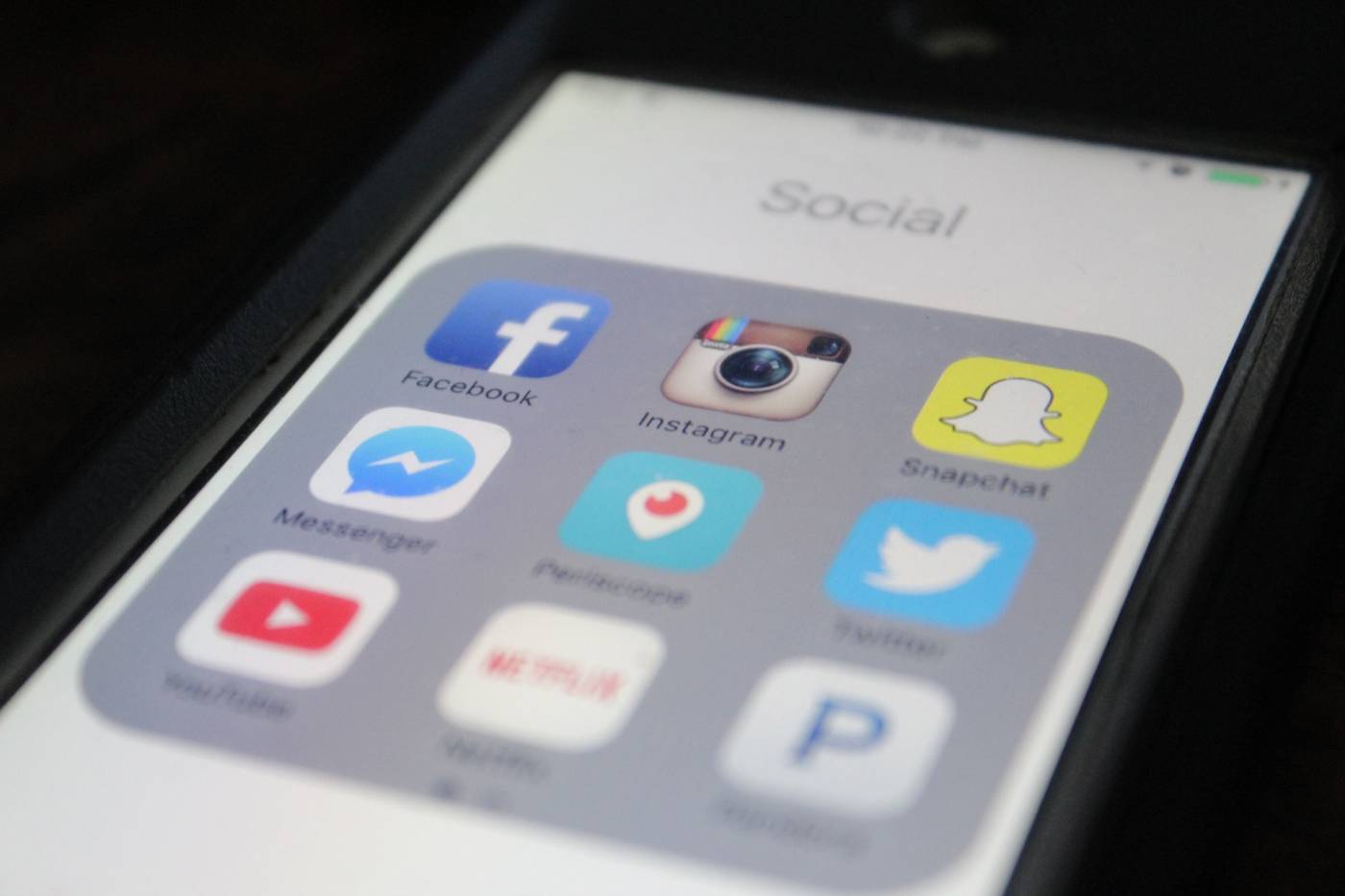Snap IPO: High Price and Big Pop Mean Nothing

The slightly higher price for Snap Inc.’s much-anticipated initial public offering, set at $17 Wednesday night, is evidence of strong demand for the ephemeral messaging company, and that demand could send the price much higher in Thursday’s trading debut.
Don’t take any of that as confidence in Snapchat’s parent company or its future as a publicly traded company, however.
With publicity and buzz heightened for the company’s public trading debut, investors — especially retail ones — may be anxious to get hold of Snap SNAP shares in a seductive first-day-of-trading frenzy. Investors will want to remember a common disclosure made by all mutual funds, “past performance is not indicative of future results,” when viewing the results of Snap’s trading debut, though. For examples that show post-IPO pops are not necessarily indicative of future performance, just look at the two most prominent social-media stocks, which happen to be Snap’s competitors for advertising revenue.
The world’s largest social network, Facebook Inc. FB had a hugely anticipated IPO in May 2012 that was the second-largest ever for a U.S. company at the time. Facebook enjoyed an initial surge in its debut but ultimately suffered a faceplant, closing 23 cents above its IPO price only because it was propped up by its investment bankers. Nasdaq computer glitches, greed and demand miscalculation were all blamed for the Facebook fiasco, and the deal was called “the biggest debacle in IPO history” by one analyst.
Beyond the first day, Facebook still faltered, closing lower than its $38 asking price in the very next session and trading lower than its first-day close for more than a year, falling at times to less than half the IPO price. Facebook finally recovered in late 2013, thanks to strong mobile ad growth, and has more than tripled since, becoming one of the most valuable tech companies in the U.S.

Now look at Twitter Inc. TWTR which had a much happier introduction to Wall Street in November 2013. After selling shares at $26, the price soared 73% in the first trading session as Twitter’s signature bird logo hung along the columns of the NYSE. Despite skepticism of the high valuation, Twitter shares stayed higher than the IPO price for nearly two years before concerns about its user growth become an issue for investors. Twitter is now trading more than 60% below its IPO price.

So what can be gleaned from Snap’s IPO pricing and first day of trading? Not much, really, because of the spotlight that comes from going public during a dark period for IPOs in general, and especially for venture capital-backed tech startups, and competition from Facebook’s Instagram Stories.
“It’s possible (the stock will get a first day pop), even if priced too high, because they are getting a lot of attention,” said Eric Schiffer, chief executive of the Patriarch Organization, a private-equity firm in Los Angeles. “People realize they are not going to run out of gas in a week, but it is investor insanity to hold on for the long term…Instagram is savaging them.”
The real test will lie in Snap’s financial statements going forward, as it was for Facebook and Twitter, and whether the company can find enthusiasm among investors beyond those who bought into the IPO. Both of those tests should be concerns for Snap, which is reporting huge losses and already having issues with user growth. Investors will have to just hope that those trends change in future financial disclosures.
Article and media originally published by Therese Poletti at marketwatch.com

